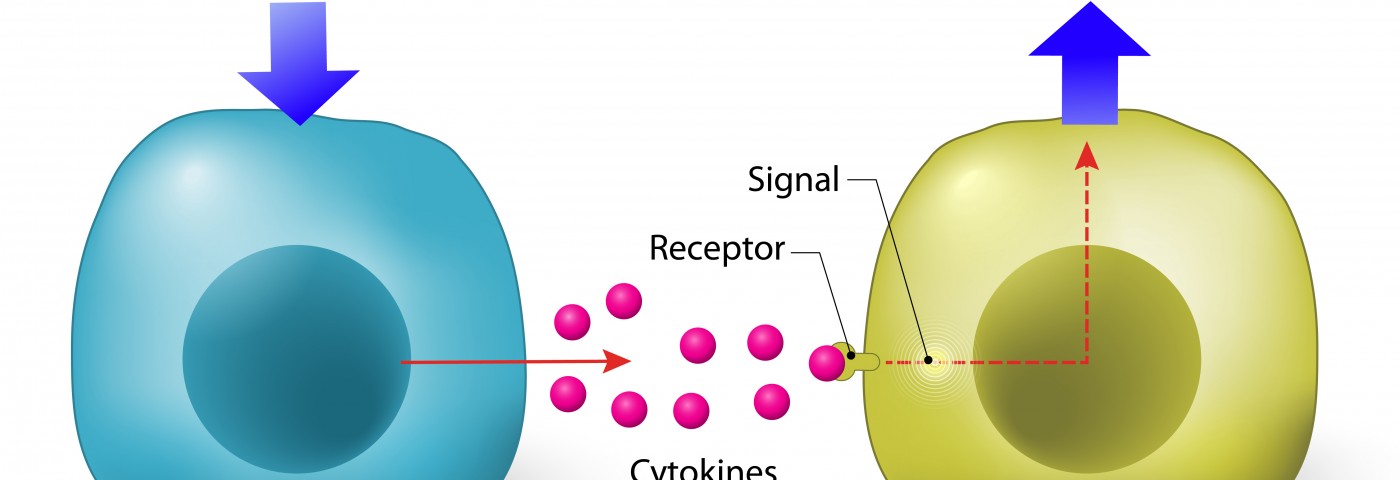Serum levels of tumor necrosis factor-alpha (TNF-a) are elevated in endometriosis patients, particularly in early stages of the disease, and may serve as a diagnostic biomarker, according to a study titled “Soluble tumor necrosis factor-alpha receptors in the serum of endometriosis patients” and published in the European Journal of Obstetrics & Gynecology and Reproductive Biology.
TNF-a is a major pro-inflammatory cytokine with an important role in endometriosis pathogenesis, shown to stimulate endometrial cell proliferation and angiogenesis, regulate matrix metalloprotienases (MMPs), and the adhesion of endometrium cells to peritoneal cells.
TNF-a signaling is mediated by two transmembrane receptors, TNFR1 and TNFR2, which can give rise to soluble forms of TNF-a receptors (sTNFR) — sTNFR1 and sTNFR2 — upon cleavage of its extracellular domain. Both soluble receptors abrogate the effects of TNF-a by sequestering it from its transmembrane receptors.
Researchers investigated the serum levels of TNFR1 and TNFR2 in endometriosis patients and healthy controls, and how soluble receptor levels correlate with disease pathogenesis. A total of 62 women with endometriosis (diagnosed with laparoscopy while determining pelvic pain and/or infertility) and 55 healthy controls were recruited. Blood samples were collected from both groups and processed for quantification of serum concentrations of sTNFR1 and sTNFR2.
The research team found that endometriosis patients carried significantly higher levels of sTNFR1 when compared to controls (specifically, 257.46 pg/ml versus 130.39 pg/ml, respectively). However, the same pattern was not observed for sTNFR2, with no statistical differences between endometriosis patients and controls. When the team compared the levels throughout disease development, they found that early stage endometriosis patients carried significantly higher levels of both soluble receptors (sTNFR1 and sTNFR2) relative to the control women. At later stages of the disease (advanced endometriosis), there were no differences in serum levels of sTNFR1 and sTNFR2 between patients and controls.
These results suggest that endometrosis patients’ levels of sTNFR1 are significantly higher when compared to non-endometriosis controls. Since this difference is especially significant at early stages of the disease, researchers suggest that sTNFR1 could become a potential endometriosis biomarker for disease detection.

